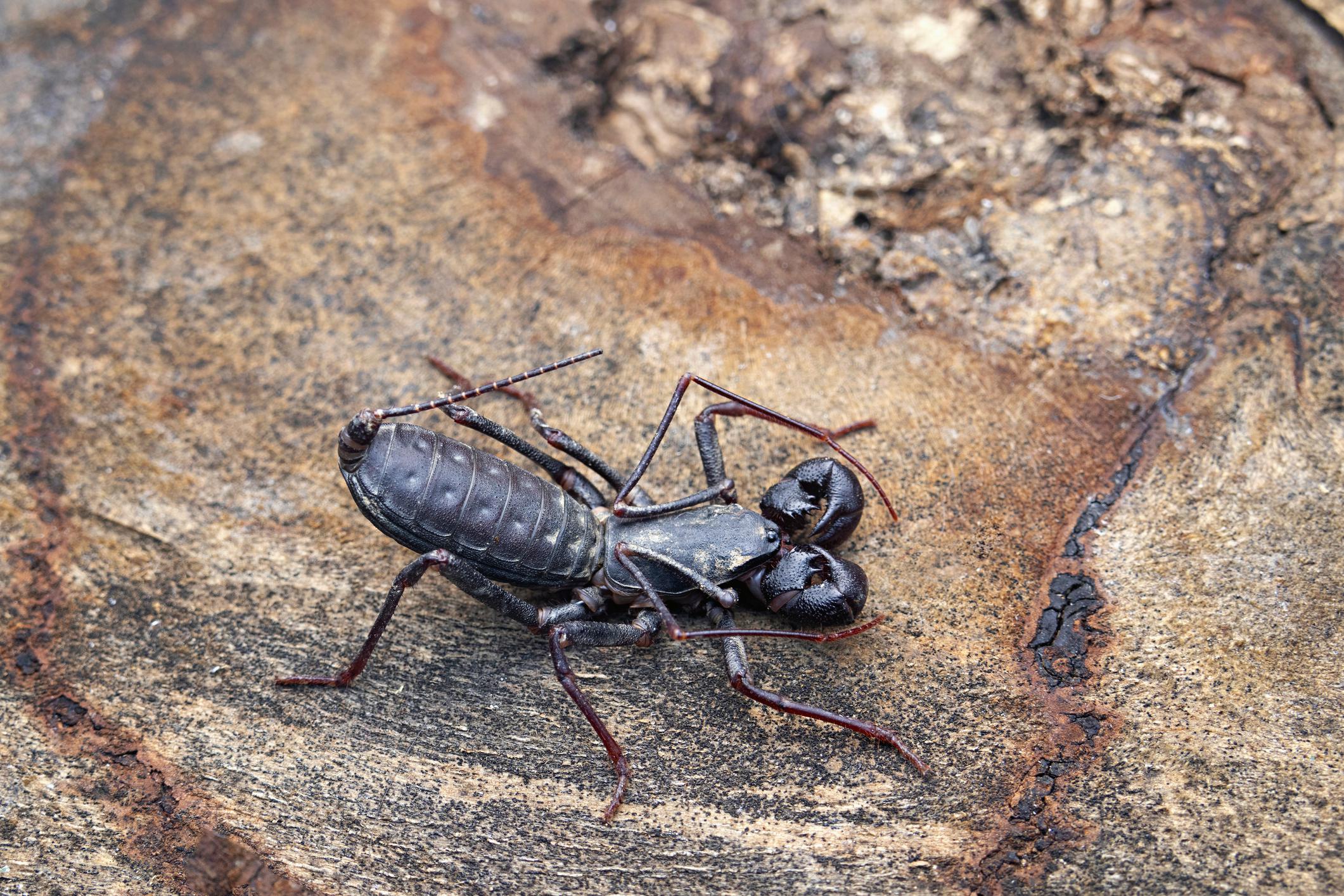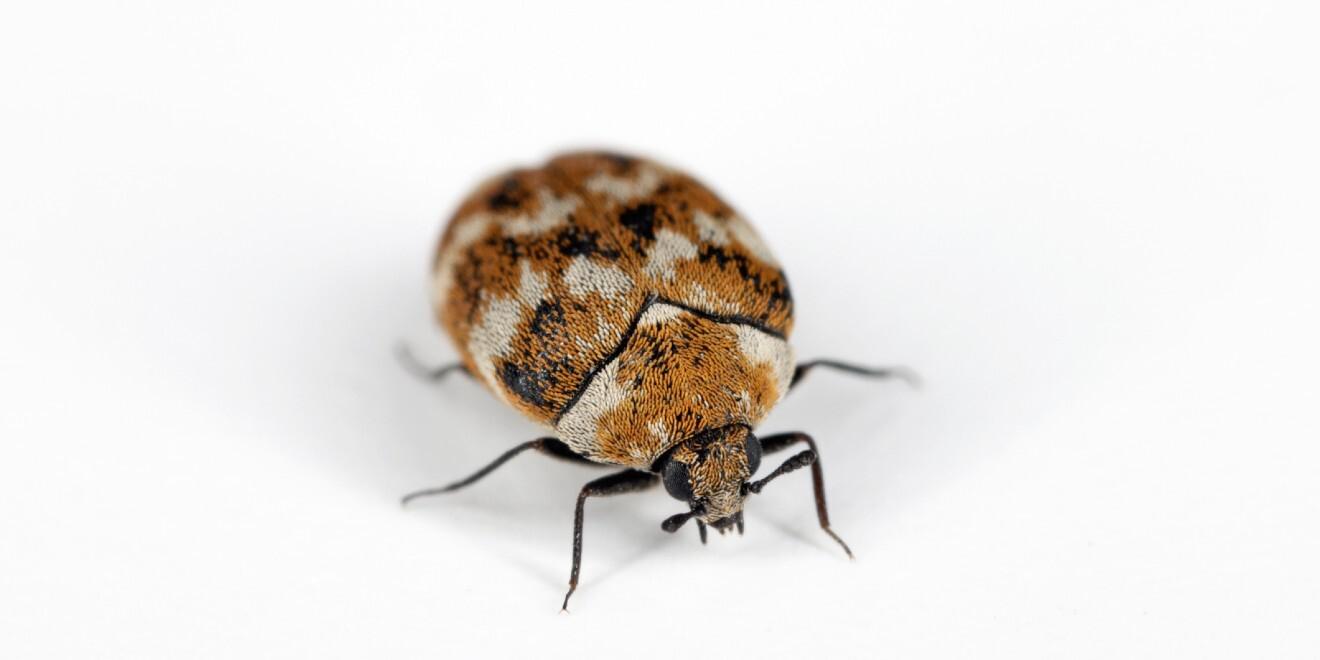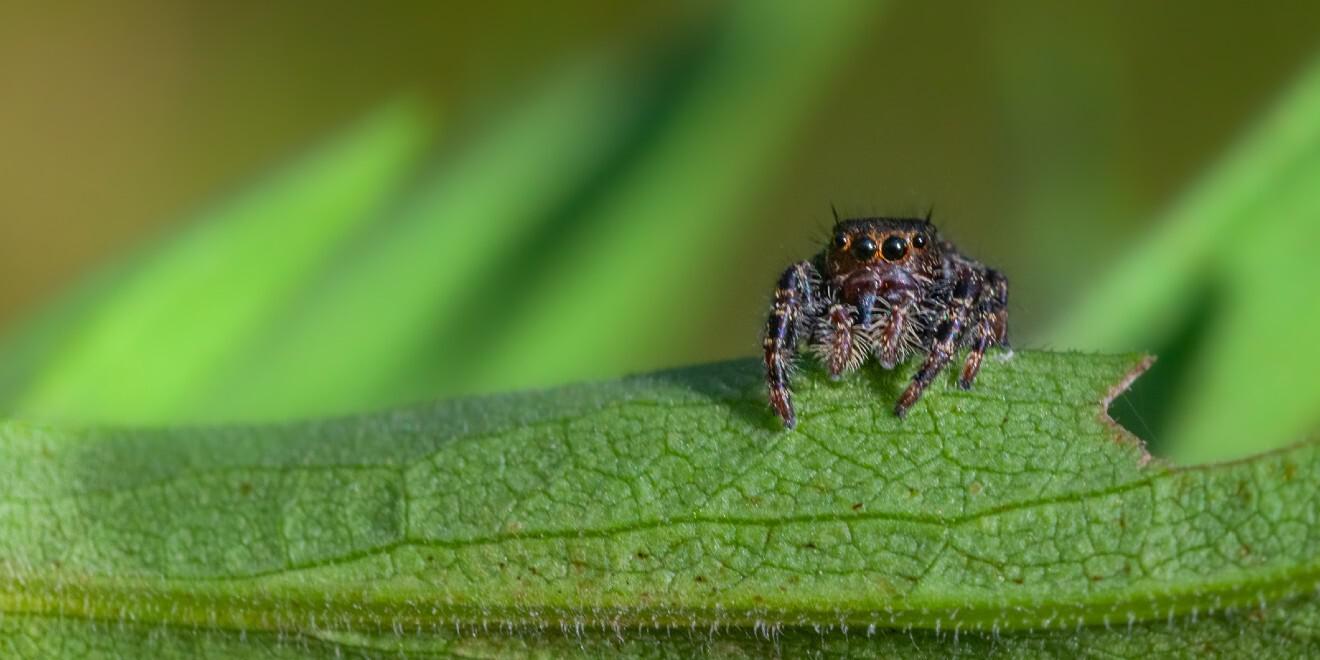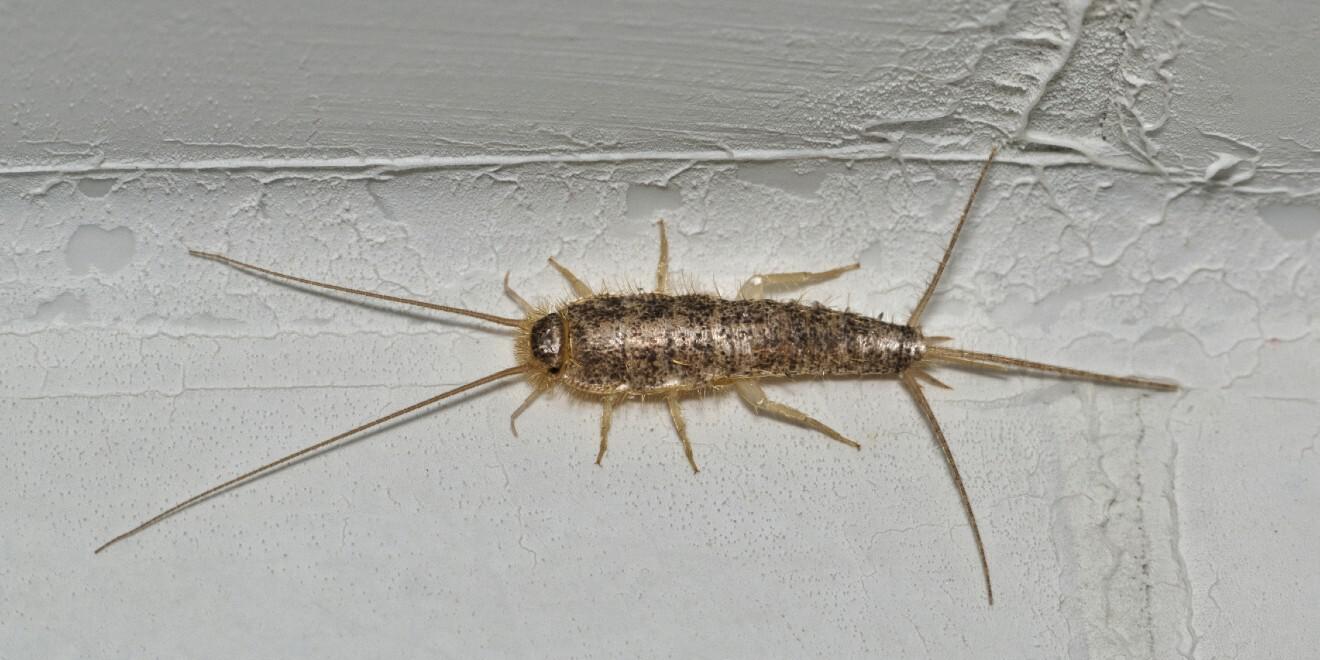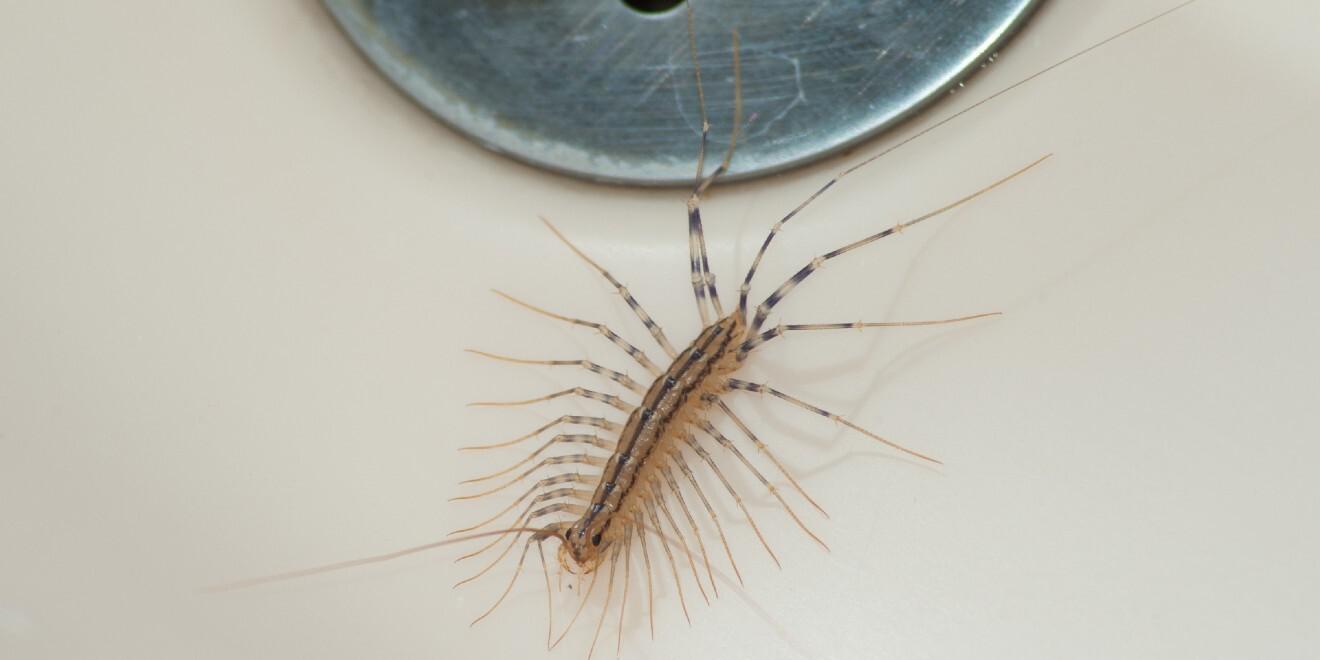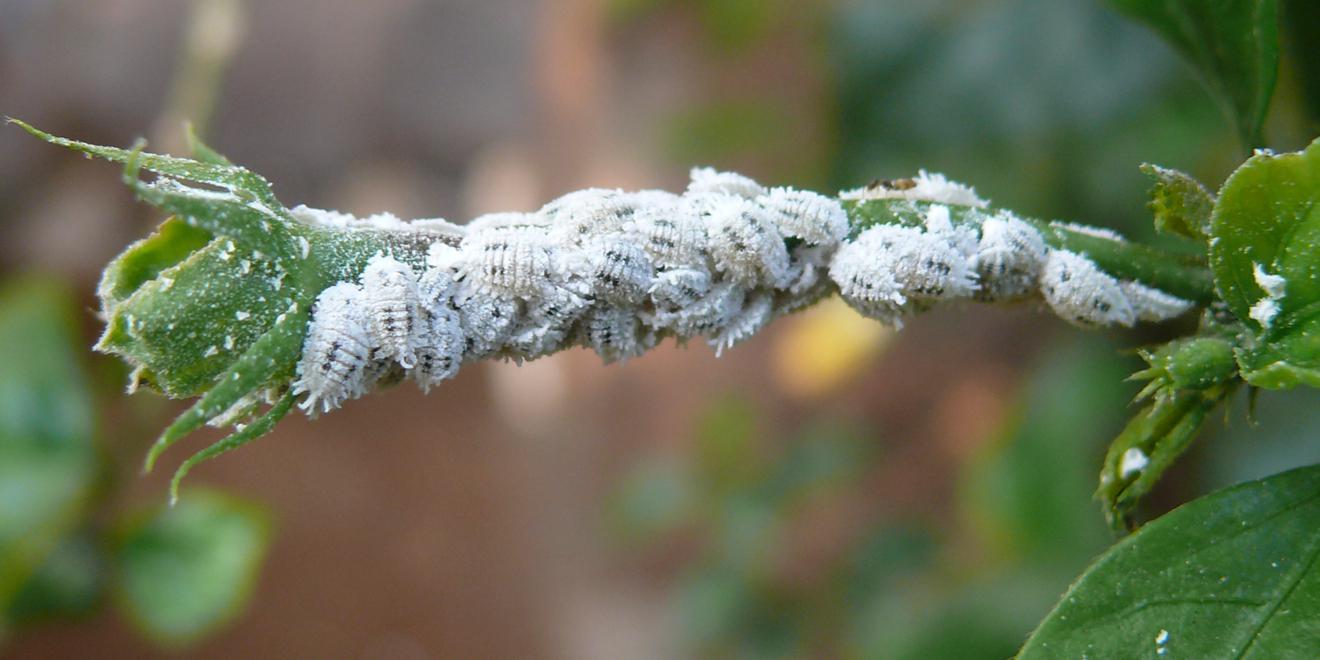Should I Be Worried About the Lone Star Tick in Oklahoma City?
Posted by Mosquito Squad
August 1, 2025
Due to its association with a potentially dangerous health condition known as Alpha-Gal Syndrome, the lone star tick has been a major player in headlines across the country lately, including here in Oklahoma City. Should you be concerned? Mosquito Squad has answers – and solutions!
What Is the Lone Star Tick?
The name of this tick species comes from the white dot found on the back of the female of the species. It is a notably fast-moving and aggressive species. Unlike many other ticks, this species actively seeks out humans as preferred hosts and can travel surprisingly far to find one. They thrive in brushy, wooded, or overgrown environments and are especially active in Oklahoma during the warmer months, from early spring through late fall.
Why Is the Lone Star Tick a Concern?
The main reason lone star ticks have been so prevalent in the news this year is that they are the only confirmed vectors for a serious health condition called Alpha-Gal Syndrome (AGS), wherein an infected individual becomes allergic to mammal-based products. When that individual consumes meat, they may display symptoms, including anaphylaxis, within a few hours of eating.
However, AGS isn’t the only reason to be concerned about lone star ticks, which are also associated with:
- Ehrlichiosis – This disease kills white blood cells and causes headaches and fatigue. It can affect both humans and pets, and it is a common issue for dogs who frequent kennels.
- Rocky Mountain spotted fever – Symptoms typically appear within two weeks of a tick bite, and they include fever, fatigue, and muscle aches. A rash may follow within a few days.
- Tularemia - Also known as rabbit fever, tularemia can affect both humans and animals. There are multiple types, and some are more severe than others.
Are There Lone Star Ticks in Oklahoma City?
Lone star ticks are unfortunately very much present within the state of Oklahoma. In fact, a 2024 study identified Oklahoma as one of the top states for confirmed AGS cases. If you participate in outdoor hobbies like hiking and camping, you may be at increased risk for exposure, especially in the rural, wooded areas surrounding Oklahoma City.
Do Any Other Ticks Spread Disease in Oklahoma?
Lone star ticks aren’t the only kind of tick you may encounter here in Oklahoma. The state is also home to the American dog tick, the brown dog tick, and the blacklegged tick.
The American dog tick usually has a dark red body, though it may also be speckled red and white. It is usually found in forests and grassy areas. The species is associated with Rocky Mountain spotted fever and tularemia.
The deer tick, also known as the black-legged tick, is unique in that it can spread disease even while it is still a nymph. It is found anywhere that its favorite host, the white-tailed deer, is also present. It contributes to the spread of Lyme disease, babesiosis, and anaplasmosis.
The brown dog tick is extremely prevalent because it is able to survive the widest range of habitat types and can thrive indoors. It is often found in spaces where dogs gather, like doggy daycares or kennels. A bite may infect the victim with Rocky Mountain spotted fever or tularemia. It also carries canine strains of babesiosis and ehrlichiosis.
How Do I Fight Back Against Ticks?
At Mosquito Squad of Oklahoma City, we’re here to help you take back your yard. Our tick control treatments are thoughtfully applied to areas where ticks love to hide, like brush, tall grass, and shaded spots. The treatment will be effective for up to 21 days, and with regular treatments, you’ll enjoy long-lasting relief!
Turn to Mosquito Squad for Oklahoma City Tick Control Today!
Get started today by giving us a call at (405) 792-0230 or filling out our online contact form!



